Rain. AI. Neon. Sushi. Cyberpunk really knows how to capture a fatalistic atmosphere. Despite VirtuaVerse playing to convention, however, it offers an unexpected variation on its themes. Theta Division’s point-and-click adventure managed to subvert my expectations — and deliver some much-needed levity — by the game’s conclusion.
In VirtuaVerse you play as Nathan, a leather-jacketed hardware smuggler whose face is perpetually concealed by headwear. He wakes up to find his longtime girlfriend, Jay, has disappeared, and his AVR headset broken. Your first tasks are to figure out where she went and get your headset fixed so you can contact her. Naturally, the situation is much more complicated than it appears.
Nathan as faceless cyberpunk everyman
Admittedly, I anticipated Jay to be fridged immediately, fueling a sense of vengeance within our “protagonist” a la John Wick. The narrative, however, is much more interesting than that. (You even get to play as her in a nautical scene.) Jay is secretly working with the Blade, an underground hacking group continuing the war against the AI and “permanent reality.” It’s not all cut-and-dry heroics though. The Blade is dangerous and provides the only real form of violence present in the game.
This delicate balance of good/evil is surprisingly nuanced throughout what looks like a relatively straightforward game. The Blade is trying to save humanity, but they also kill someone. Jay is a talented hacker but terrible communicator. Nathan demonstrates initiative but is described by even Theta Division as a “a horrible person.”
There’s plenty of good old-fashioned futuristic angst to go around too. It’s self-aware though, and that makes all the difference. VirtuaVerse does a good job of telling the story of a guy that saddles himself with way more responsibility than he planned on.
Layers of gear
VirtuaVerse has you interacting with a layered, kinetic environment. For example, at one point in Nathan’s journey, you have to learn more about the AVR gangs that run the city’s slums. One way to learn more is to pay attention to the graffiti and tagging underneath the graffiti.
The other half of the investigation requires waiting for one specific pedestrian to pass so you can question them. You can’t just ask any passing NPC. You have to consider what you’ve learned in conversations with others and figure out which one will have the information you’re looking for. What was particularly fun about this task was that the pedestrians were on the other side of the street — closest to the perspective of the player — rather than on the pavement near Nathan, providing a deeper level of interactivity.
Once you’ve repaired your headset, you can also observe a scene in reality or in AVR. Exploring and re-exploring each scene is entertaining as you “excavate” layers of digital landscapes.
The only time this became a nuisance was toward the end of the game, when you must use a tool the Blade gives you to temporarily reveal an obstacle; I emphasize temporarily. Having to keep equipping the tool over and over again to finish a task became tedious and interrupted my enjoyment of the developing plot. It may not have been as bothersome if it equipped the same way the AVR headset does in the first act.
Why hunt deer when you can spend the rest of your god-forsaken life hunting pixels instead?
My biggest complaint with VirtuaVerse is how much pixel-hunting was involved in the experience. I’m all for point-and-click games increasing their difficulty, but in this case, it distracted from the game’s other challenging yet balanced elements. Fortunately, online guides can help players overcome the game’s more obscure elements.
Another annoyance is you might figure out how to proceed long before Nathan does. For example, there’s a point you have to find a hallucinogen. You will find it grown on a limb inaccessible to Nathan. Luckily for you, you’ve since successfully acquired a laser cannon from a small child. (Long story.) Instead of being able to use it immediately, you have to get Nathan to make an observation about the tree, not the cliff or the inaccessibility of the branch.
Despite these frustrations, the game’s challenges inspired pleasant nostalgia for Infocom’s notoriously difficult text-based The Hitchhiker’s Guide to the Galaxy game. Even after I let out a sigh of relief after completing a seven-hour session, I caught myself mulling over the next task, puzzling out the necessary order of events to proceed.
What’s more: there’s a link tucked within the main menu that takes you to another message you must use an in-game item to decode. It’s exciting whenever a game prompts you to interact with it beyond what’s on the screen. This is especially pertinent to VirtuaVerse, whose constant question is, “What’s reality worth?”
So what’s VirtuaVerse worth?
Depending on how often you seek assistance and if there are no bugs, VirtuaVerse can take between 10 and 20 hours to complete. You should be able to do so while collecting all of the achievements without too much extra effort. (There is, however, one that many have missed early on. Hint: Order more than one pizza.) Though it has its flaws, VirtuaVerse is well worth the $14.99 on Steam. Its comedic timing grows stale in some scenes, (We get it — kinks exist.) but its sociocritical sensibilities buoy the anarchist soul that gives cyberpunk its neon glow.
This game does a lot to stretch what cyberpunk can do within the confines of point-and-click adventure. If you’re looking for a series of complex riddles and a stimulating discussion on apocalypticism, VirtuaVerse is right up your seedy back alley.

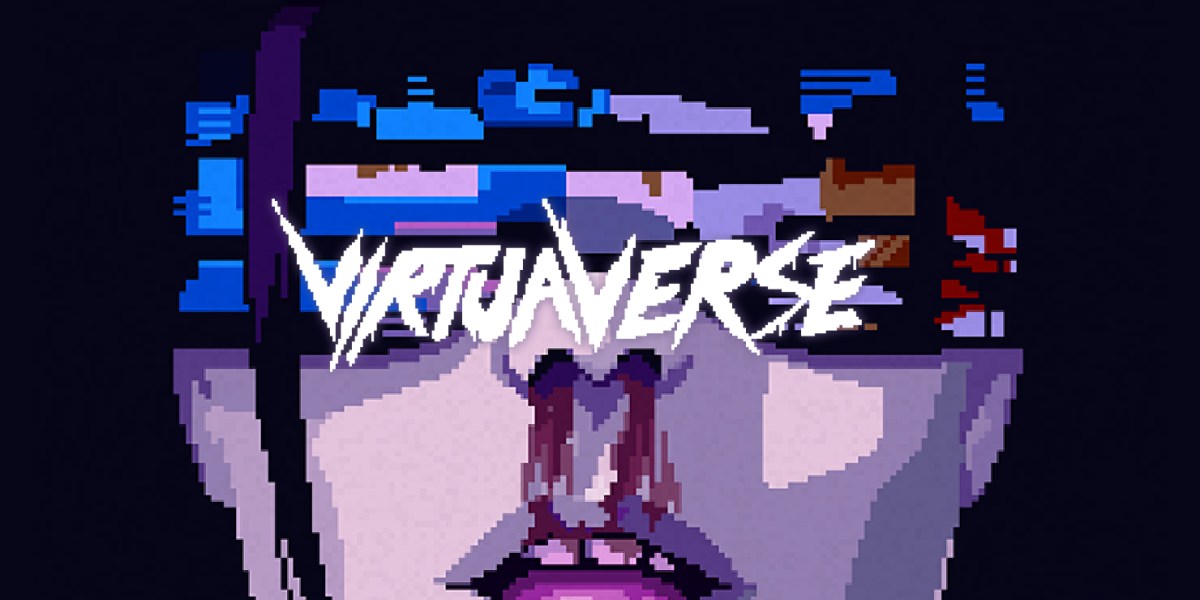
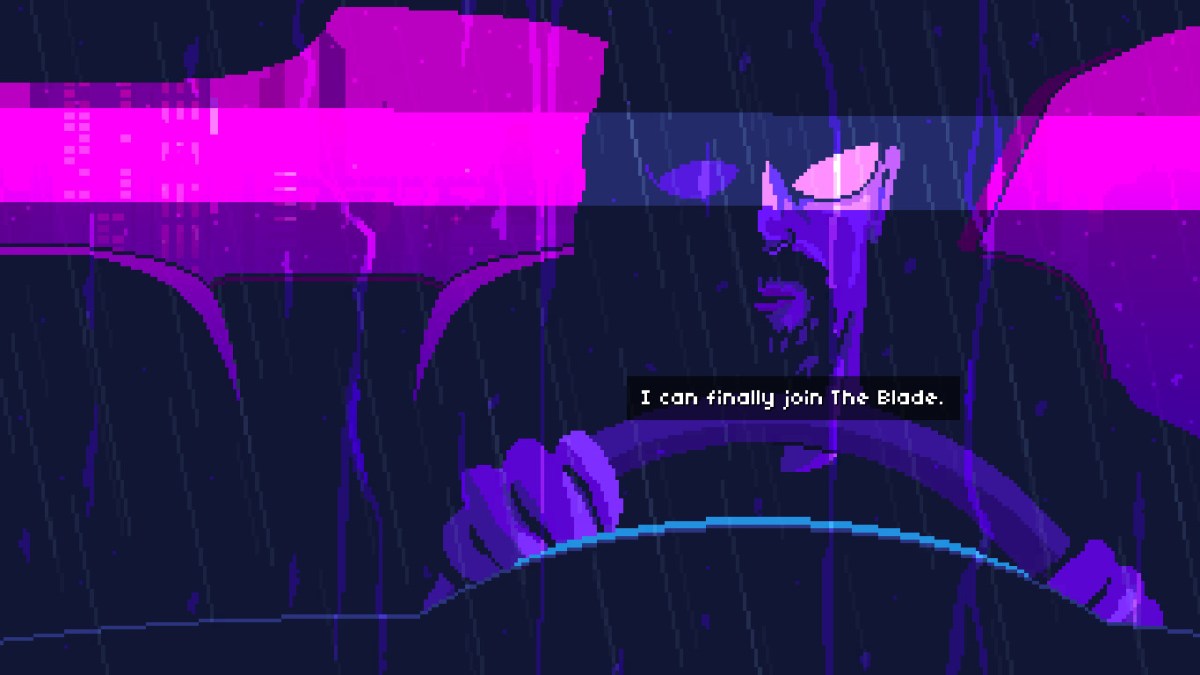
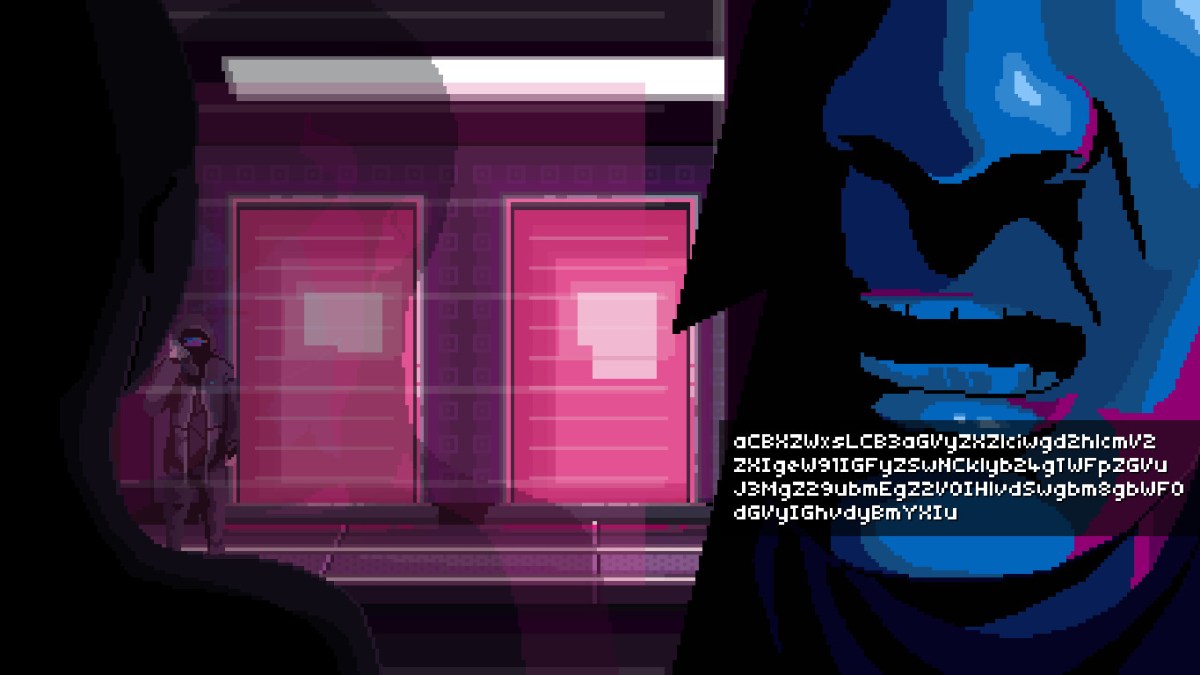
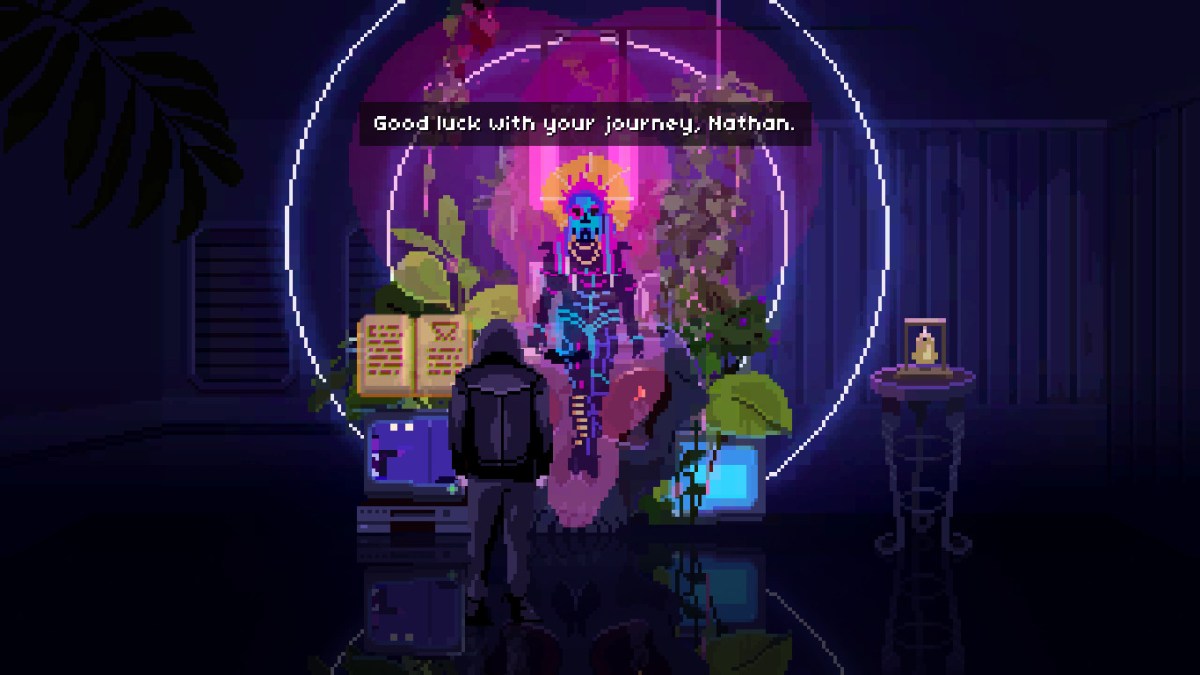
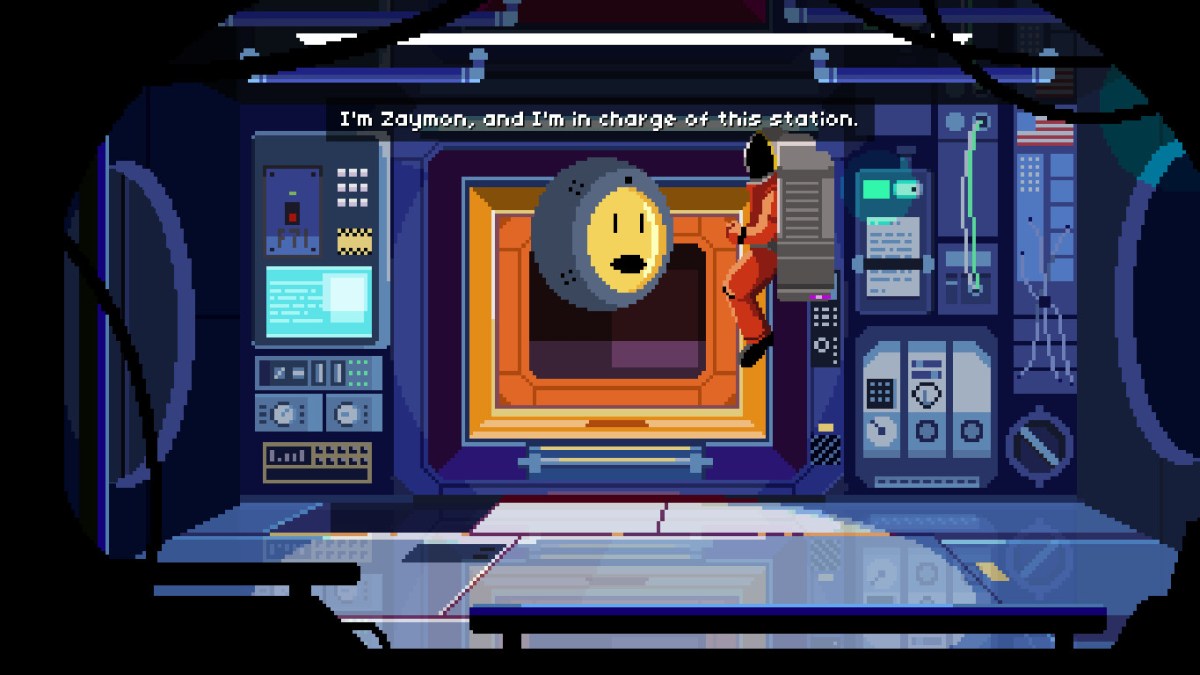





Published: May 17, 2020 04:52 pm